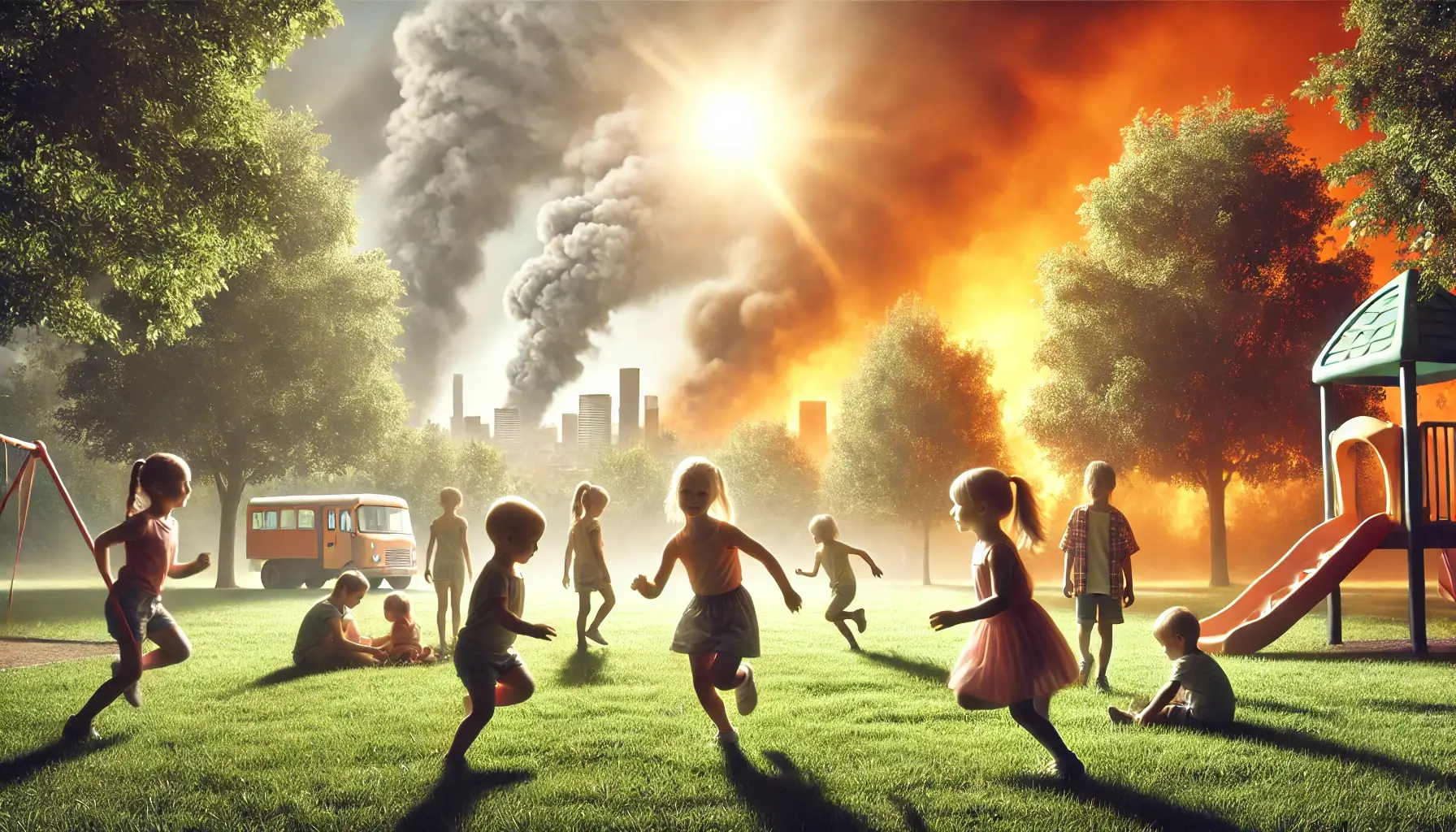How Pollution Affects Growing Lungs
Over the last few years, studies have consistently shown that the quality of the air children breathe has a direct impact on the development of their lungs. The air that children breathe is often filled with pollutants such as ground-level ozone, particulate matter, and other toxic contaminants that can significantly hinder their respiratory growth. Below is a detailed explanation of how heat and pollution affect children’s lung health.
Impact of Heat on Air Quality
One of the main factors that contribute to poor air quality is excessive heat. As temperatures rise, pollutants are trapped closer to the ground. This phenomenon, coupled with sunlight, leads to the formation of ground-level ozone. Ozone, a harmful air pollutant, can cause severe irritation to the lungs, particularly in children whose lungs are still developing.
Wildfires and Their Effect on Lung Development
Hot and dry conditions increase the risk of wildfires, which release a mixture of smoke, ash, and toxic particles into the atmosphere. Children exposed to wildfire smoke can experience acute respiratory distress, especially those with pre-existing conditions like asthma. Prolonged exposure to wildfire smoke can impair lung development in children, leading to chronic health issues later in life.
Children’s Vulnerability to Air Pollution
Children’s lungs are more vulnerable to the effects of air pollution because they breathe more rapidly than adults, taking in more air (and pollutants) per breath. Additionally, their respiratory systems are not fully developed, making them more susceptible to the harmful effects of airborne toxins.
Chronic Respiratory Conditions
Continuous exposure to poor air quality during childhood can lead to the development of chronic respiratory conditions like asthma, bronchitis, and even reduced lung capacity. Research has shown that children who grow up in areas with high pollution levels are more likely to experience respiratory problems throughout their lives.
Strategies to Protect Children from Air Pollution
Parents and caregivers can implement several strategies to protect their children from the harmful effects of air pollution:
1. Limit outdoor activities during peak heat hours when pollution levels are highest.
2. Monitor air quality reports to stay informed about the current pollution levels.
3. Use air purifiers at home to reduce indoor air pollution and create a safer breathing environment.
4. Encourage children to drink plenty of water to stay hydrated, which helps their bodies function more efficiently in polluted environments.
5. Consult a healthcare provider to manage any pre-existing respiratory conditions, such as asthma, that might be aggravated by poor air quality.
Conclusion
By understanding the link between air pollution, heat, and lung development, parents can take proactive steps to reduce their children’s exposure to harmful pollutants. Ensuring clean air is crucial to fostering healthy lung development and preventing long-term respiratory issues in children.

